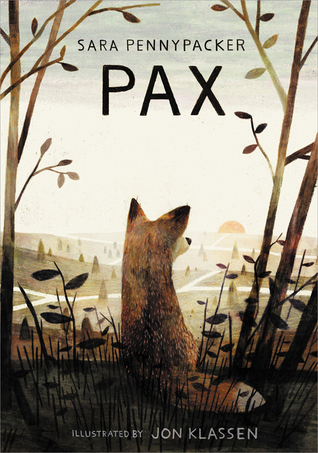| Photo by Jone MacCulloch |
"A pipe gives a wise man time to think
and a fool something to stick in his mouth."
- C.S. Lewis.
Packing the tobacco correctly is as
Important as the
Proper breaking in of the pipe.
Each pipe
Smokes differently, and a good smoker can
Make one last up to 45 minutes.
One must tap the dottle from the bowl,
Know how to ream the pipe, and
Embrace the subtleties of the experience --
Rather like shooting or fly fishing or drinking
Scotch.
©Mary Lee Hahn, 2016
This is my favorite of the poems I wrote this week for Laura Shovan's month-long Found Object Poem Project. I got the object wrong -- it's not a pipe-reamer, it's a blood-letter -- but I had fun with the poem, so we'll claim success!
I interviewed the former pipe-smoker who lives in my house and took these notes:
In case you're curious, to break in a pipe, you have to char the bowl gradually by smoking just a little tobacco, then a little more, then a little more. (Who knew?!?!)
I originally thought the word in my acrostic would be tobacco, but for more variety of letters, I went with pipe smokers.
Kimberley has today's Poetry Friday roundup at Written Reflections. Put THAT in your pipe and smoke it!










